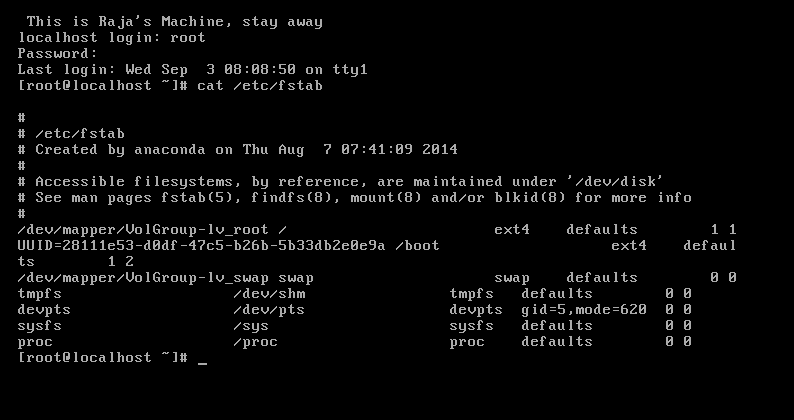Fix conky hiding
I have installed and got some conky script but after system starting its hiding automatically and the only way I can see it while shutting down. So I have googled and got some solution which can fix my problem. Open your conkyrc file which is a hidden file in home directory with $ vim .conkyrc or $ vim ~/.conkyrc Find the area of below lines and make the configuration as I have mentioned. own_window yes own_window_class Conky own_window_type normal own_window_hints undecorated,below,sticky,skip_taskbar,skip_pager own_window_transparent yes Then save and exit from your conkyrc file. Then in we have to reload the conky with updated configuration , so all you have to do is kill the conky and then start it again. so In your terminal as root user do as # killall conky & conky or $ su -c " killall conky & conky" I hope that will help you.

